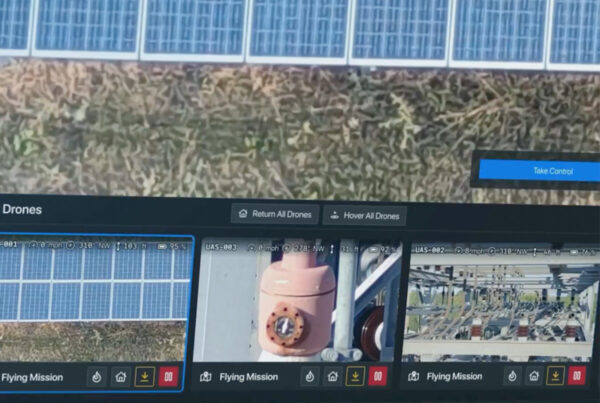
How utilities are optimizing smart grid investments in the digital age.
A typical electric utility is responsible for investing in the maintenance and replacement of millions of assets spread across thousands of kilometers of the network. Making the right investment decisions has always been an enormous challenge but in the age of the smart grid, planning ahead is more complex than ever. Uncertainty about changes to consumption patterns and load profiles brought on by the energy transition produces a vast number of possible scenarios that investment planners must consider. To ensure the long-term stability of the grid in the face of this increased complexity, utilities must deploy standardized investment decision-making practices supported by advanced modeling capabilities.
Traditionally, the decision to invest in a given asset was made on the basis of an expert’s judgment of the risks posed by its failure. This would typically be assessed via a risk matrix or a similar qualitative method and a decision would then be taken as to whether it should be replaced. As the pace of change and complexity increases, these methods can no longer provide the required level of certainty. Instead, utilities are seeking to support their investment decisions with quantitative risk management methods, centralizing expertise from across their operations into a consistent, numerical framework that accurately captures the risk posed by all kinds of asset failure to all stakeholders. Through the combination of condition, utilization, reliability and demand data, risks can be quantified in financial terms and investment budgets can target the assets posing the highest total risk, thus deferring investment in lower risk assets and optimizing the long-term budget. This kind of quantitative risk management also serves as a powerful reporting tool, empowering utilities to rigorously justify their expenditure to regulators and potential investors.
However, decisions informed by these risk models will only be as good as the data and the assumptions that support them. Utilities must, therefore, find ways to improve the volume, variety, veracity, and velocity of the data they employ in their investment planning models. This means digitalizing asset operations, rolling out sensors and implementing systems that integrate data from a range of internal and external sources in real-time. Utilities must also scour their business for expertise about different assets to ensure that their risk management frameworks accurately capture the true risks posed by asset failures.
The next level of investment planning is achieving advanced simulations known as Digital Twins. These provide a level of simulation that closely parallels the assets’ real-life behavior, combining information from across the business into a centralized, single source of truth. Investment planners can then simulate future scenarios with a great deal of confidence, gaining an accurate picture of the complex interdependencies of their assets, removing subjectivity and standardizing decision-making across the network. Digital twin will also facilitate accurate virtual testing of new designs and additions to the network; and with the uncertainty caused by distributed energy resource proliferation, the ability accurately model impacts in a benign environment is an extremely powerful planning tool.
While the opportunities presented by Digital Twin are endless, so are the possibilities for what form it eventually takes. Utilities have to make a lot of choices around the scope of their digital twin: which systems to integrate and what data sources to include. The end result could range anywhere from a regular GIS system displaying real-time information all the way to a BIM-style standardized modeling library. The larger the scope, the more effort utilities will need to put in to make these systems fit-for-purpose. In order for Digital Twins to be viable, GIS, operational and manufacturer systems must be digitized and data quality across the business must be brought to an acceptable level.
It is clear that there is a great deal of opportunity for utilities to obtain significant business benefits from improving their investment planning capabilities. More accurate risk management, supported by a reliable data-driven method, will deliver better financial outcomes from investment activity, while advanced simulations such as Digital Twins will give utilities complete clarity about the future impact of their investments. But to achieve these capabilities, a lot of work must be put in to establish the systems, processes, and frameworks which underlie them. Utilities must also make difficult choices about how they quantify risk and the appropriate range of data to feed into their investment planning models.
Louis Morgan is the Event Director at the Grid Asset Management 2019 conference, exhibition, and networking forum, where 120+ smart grid asset managers will come together to discuss how comprehensive, affordable condition monitoring can be achieved. Case studies from TransnetBW, Svenska Kraftnät, REN, UK Power Networks, Vattenfall and Fluvius among others will be complemented by technology innovation insights from ABB and IBM, providing a holistic view of next-generation condition monitoring specifically for the smart grid sector.














